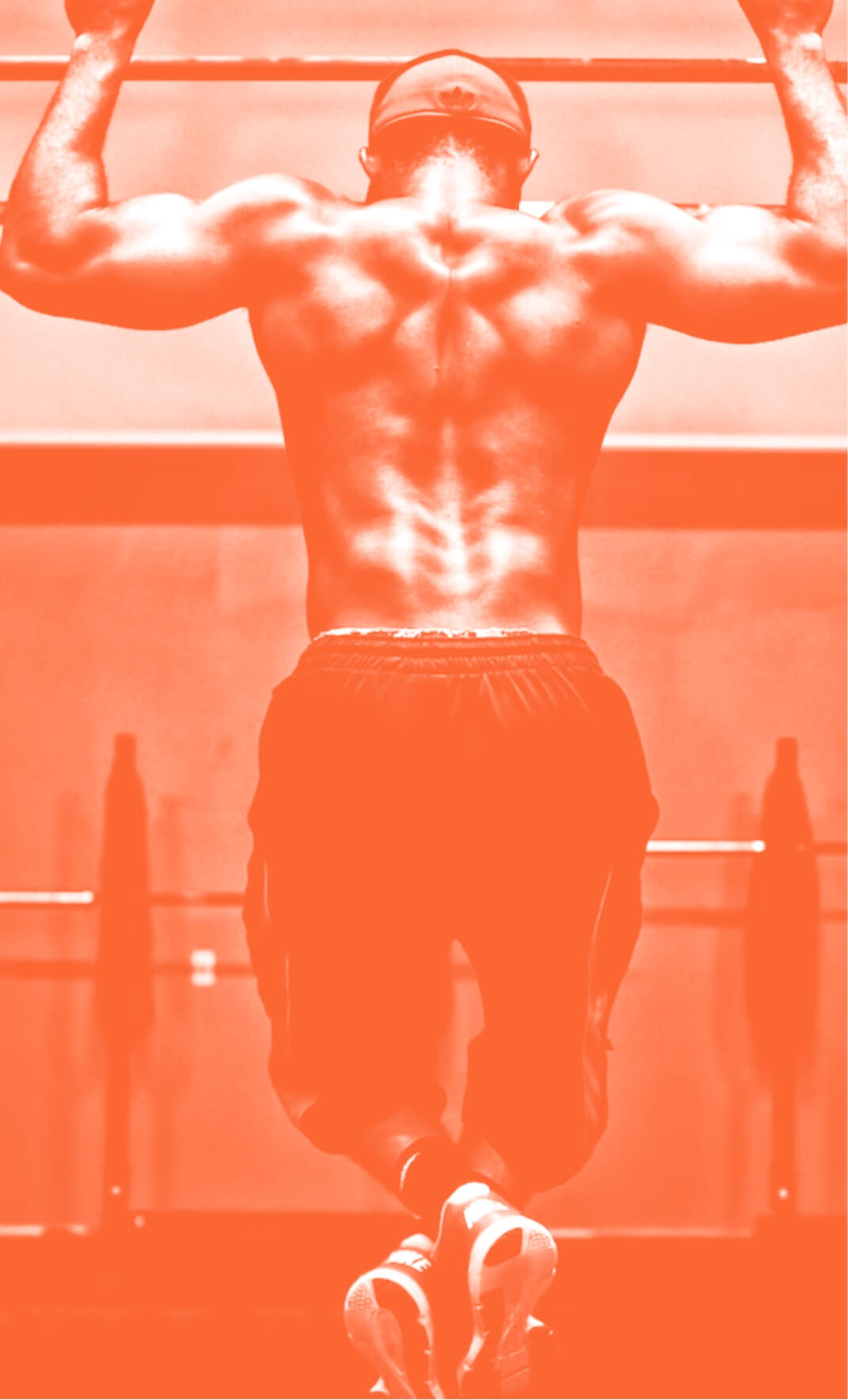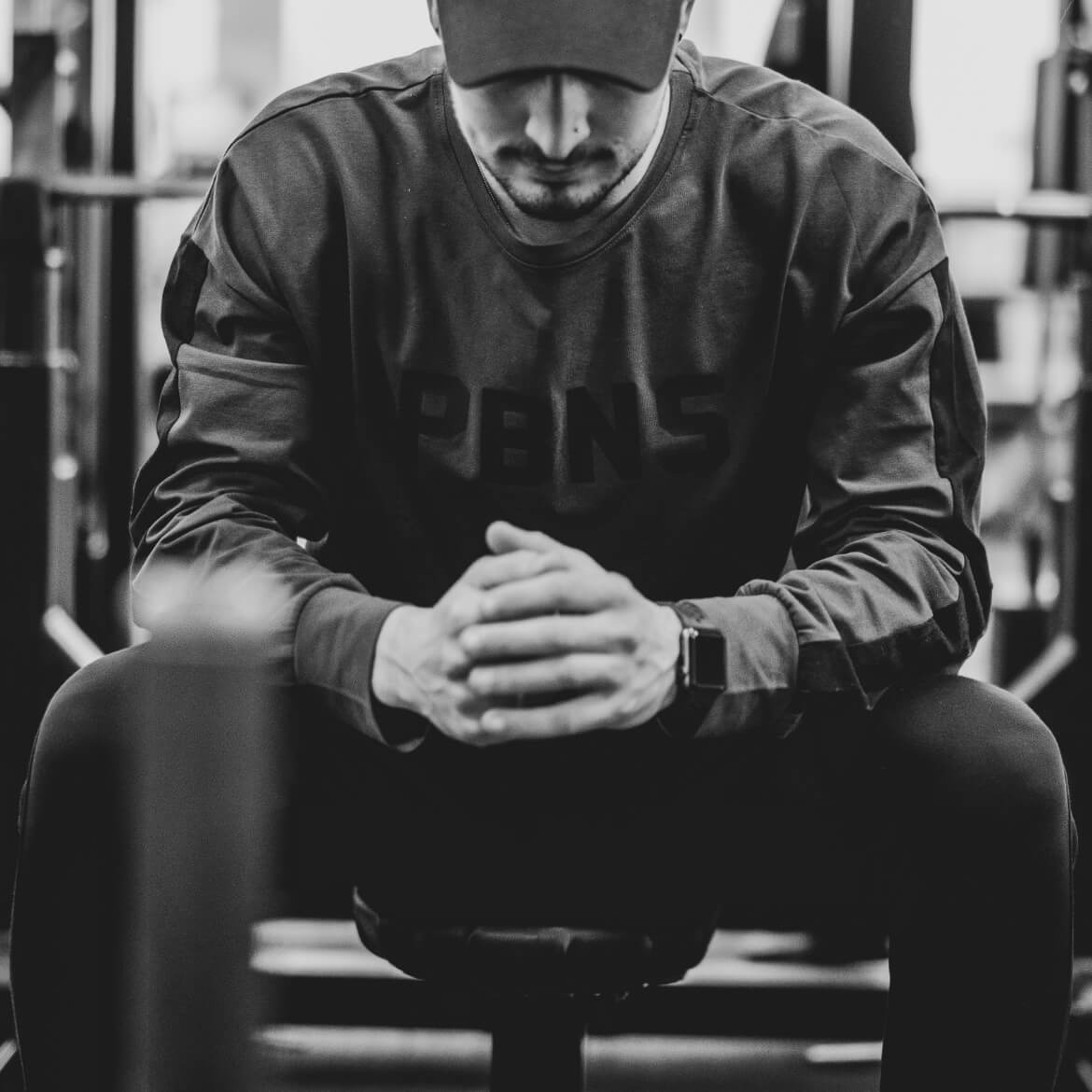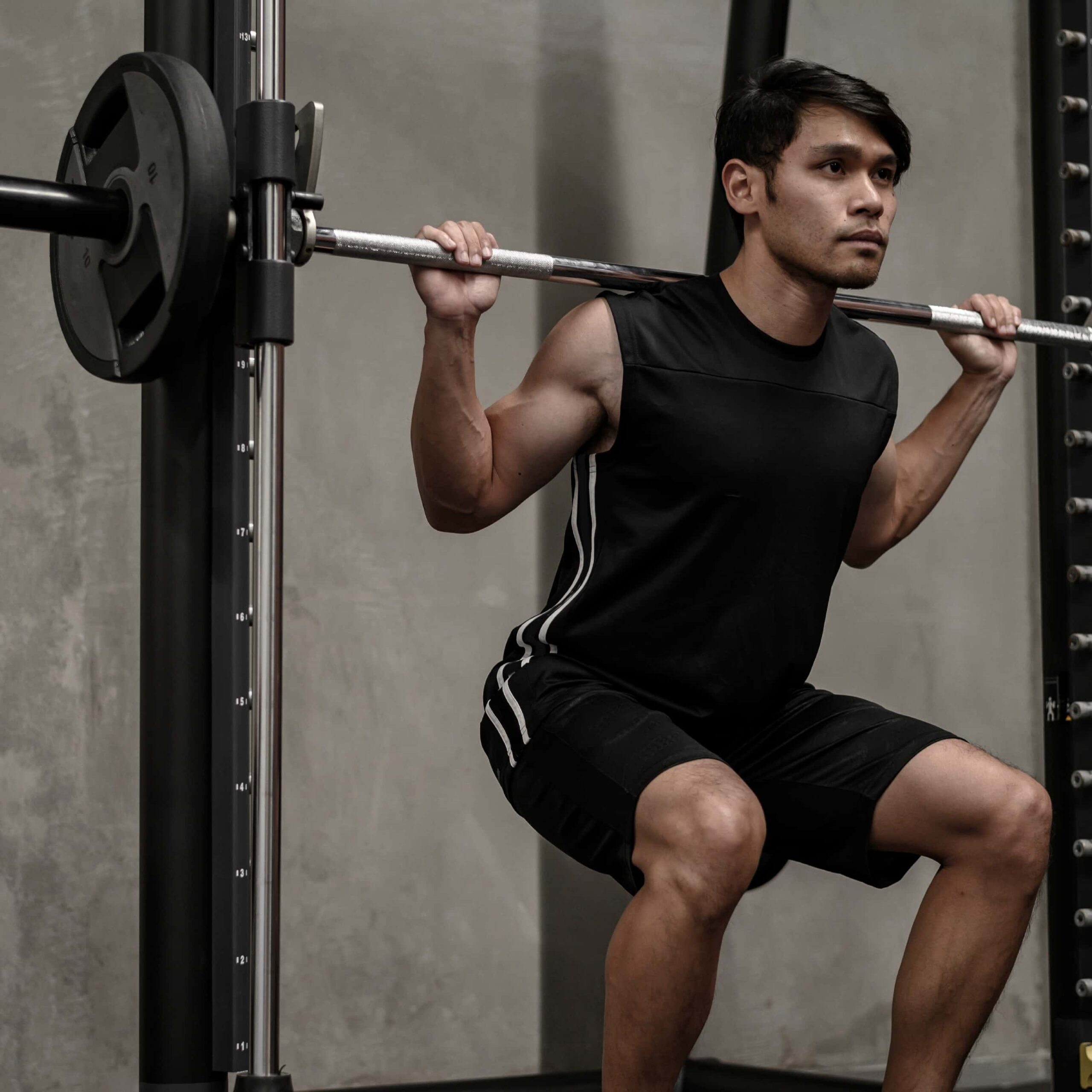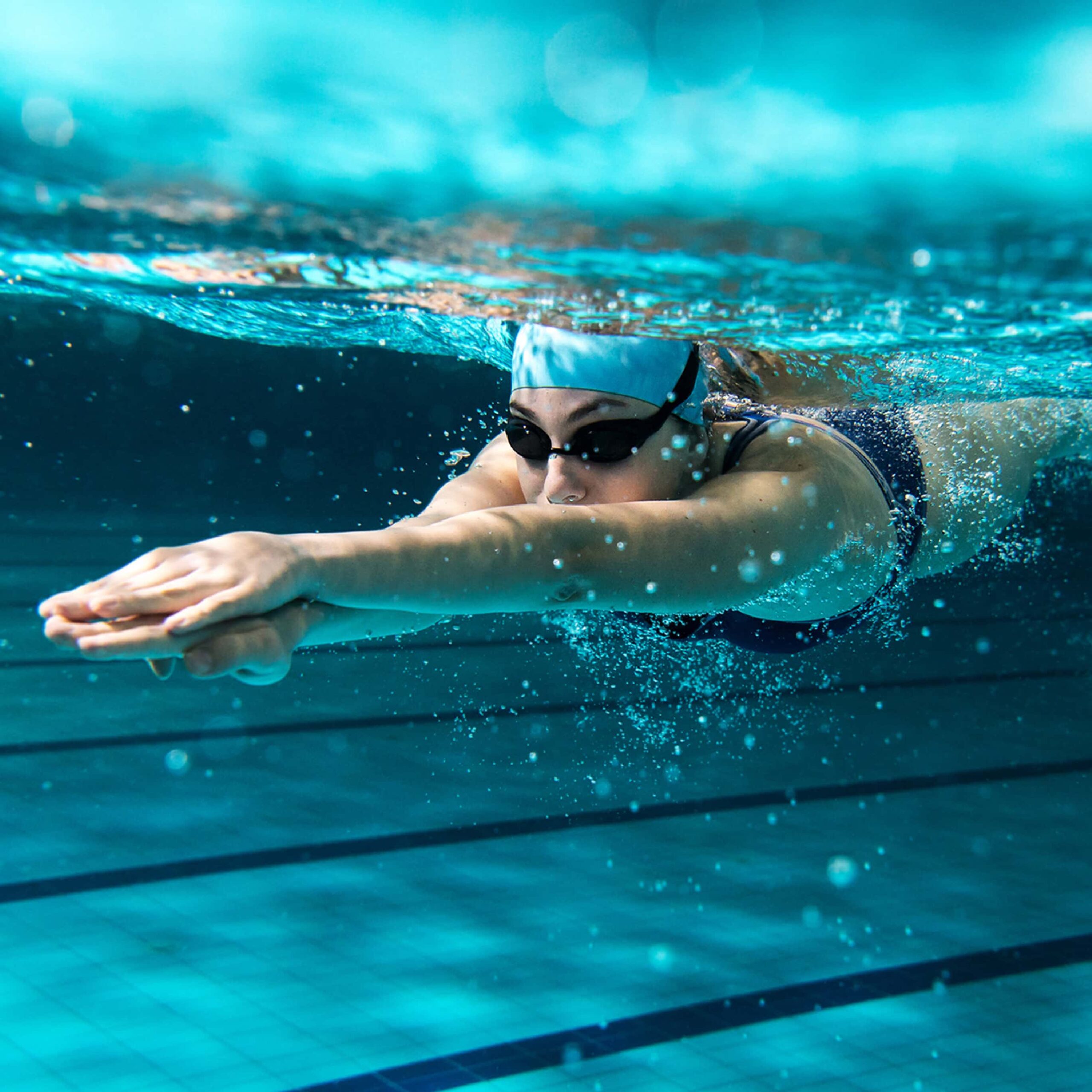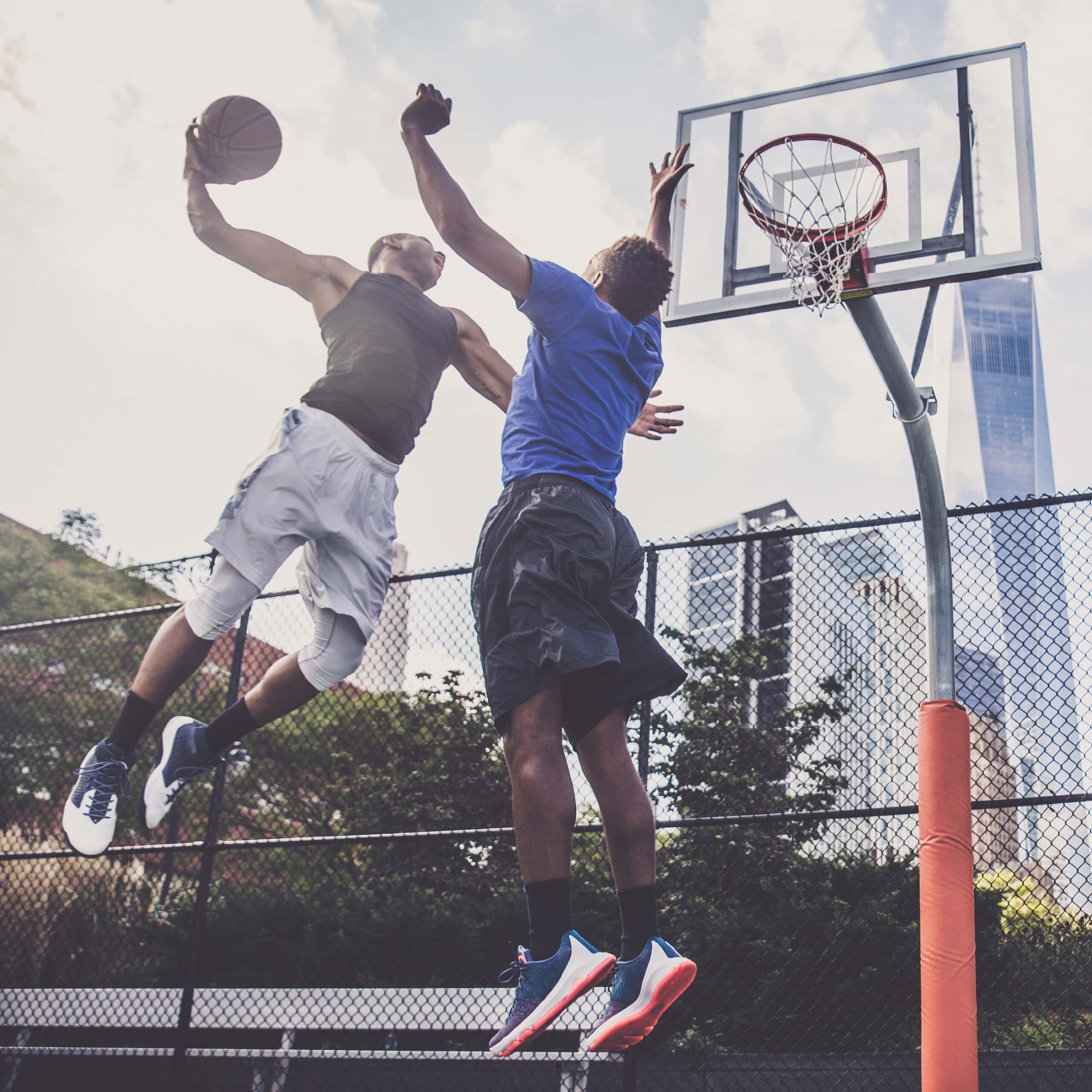How to Exercise With Limited Mobility
30th Dec 19
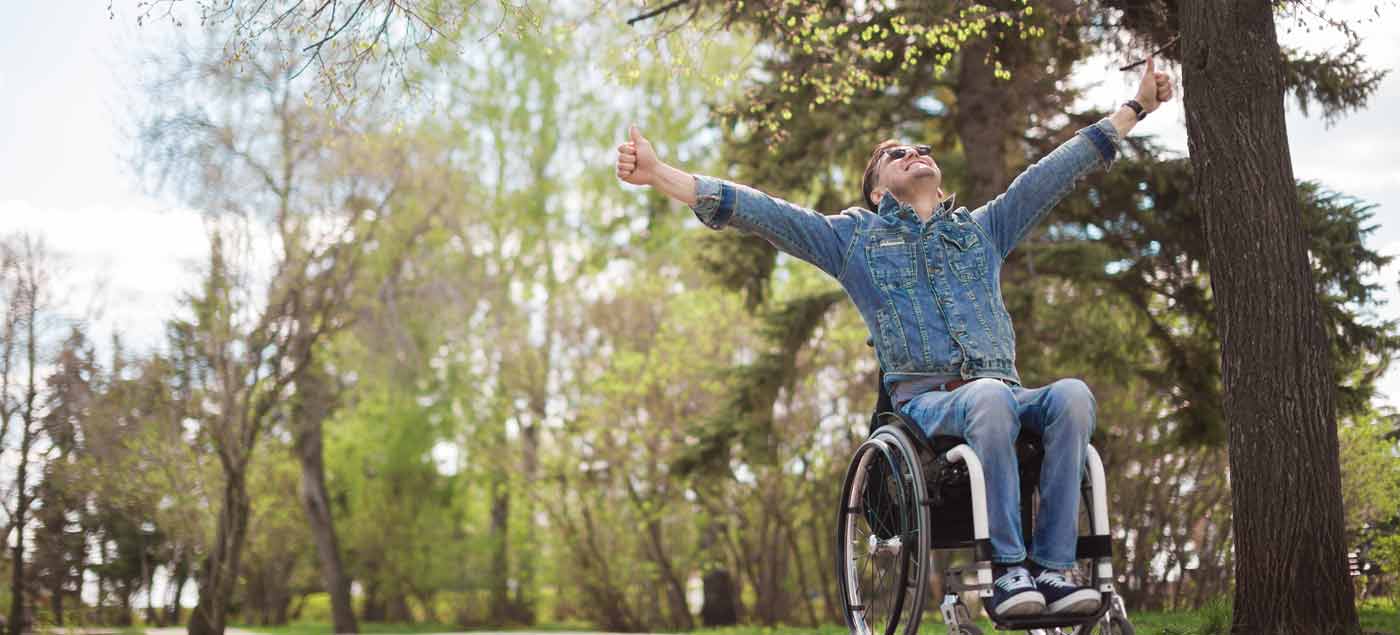
Exercising with limited mobility can be a real challenge for both physical and mental reasons. That’s not the end of the conversation, though. Exercise is actually often one of the best ways to improve mobility where possible, and it tends to get easier as you progress. It’s confusing, we know, and everyone has different needs and different abilities. It can always be tough to get started, and finding the best ways to go about doing it is often one of the hardest steps to take.
We’ve put together some of the best reasons to take it up and why you should never take exercise off the table completely. Everything from meditative exercises and seated exercises through to the great outdoors and gym memberships can all have something to offer if you know what to look for. So let’s take a look.
Want to move fast? Jump to the right section below.
Mental Benefits
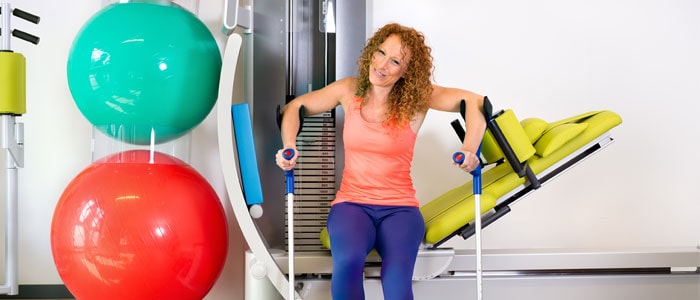
A great place to start with exercising with limited mobility is the positive mental effects that it can have, even before the physical. It can pose a risk to mental well-being as well as physical if you avoid it, in both the long term and the short term. Make sure you’re doing the best you can.
Some of the most common issues limited mobility can cause are a lack of motivation and self-confidence in what you can do and what you feel you should be doing in particular. This can even turn into a vicious circle of feeling worse about not doing anything, making you feel even worse. The sooner you start, the better. It’s easier said than done, but it’s important to remember.
Getting the ball rolling can be difficult, but even starting with small steps from the comfort of your own home can really be huge pillars in building your confidence. Doing things you may have gotten out of the habit of doing or even not getting out of the house as much are good places to start problem-solving.
Getting stuck in a rut can also fuel other issues like anxiety and depression. A lack of energy and confidence becomes habitual, so start small. Any progress is good progress. You have options.
Cardio

Moving onto the physical side of exercise, cardio is often another big problem for some people. Cardio is often seen as one of the hardest things to do with limited mobility. That’s not all there is to it, though, and it’s a really flexible type of exercise if you know what to do! There are usually different ways to work around this; you may just have to get creative.
Cardio is often recommended in the form of walking more or jogging if possible; however, sometimes this is just not an option. Other forms of cardio, though, such as shadow boxing or even seated aerobics, can be great for your body too. They’re well worthwhile.
If possible, it’s often wise to start off small, not overexerting yourself, and work on your strongest points. That’s the best way to prevent any complications or injuries that can come from already present injuries or disabilities. Everyone is individual, and your exercise is too. Work it around you and what you feel confident doing.
Low impact exercises such as using a recumbent exercise bike or even a mini or desk exercise bike can be useful just for getting started off. You know your ability better than most other people, and that’s important to remember. (LISS is a great place to look, though).
Water Exercise

Another amazingly useful form of accessible exercise for some can be using pools. Water can be a good workout for many of the issues limited mobility may pose. Its nature is to help by reducing the pressure of joints and the energy required for movement. That makes swimming or aqua aerobics often a useful tool to have in your exercise armoury.
Even on top of the water, accessibility is even catered for by a lot of swimming facilities too. Many swimming facilities have classes and support systems as well to help those with limited mobility be able to exercise in a way that is best for them. It is often a good idea to inquire before you even start in the first place. People are always happy to help where possible.
Other than swimming and aerobics, the water also makes it easier for many people to perform other exercises in as well such as walking or cycling for rehabilitation. With the lessened weight difficulties and increased resistance to moving in water, the game can change completely. Dive in and see what’s available to you.
Strength Training

One key area that is always vital to remember is strength and weight training. It’s essential for a good, well-rounded exercise routine is strength training. Weights open up a whole new way to build up our muscles and become better balanced and more stable. It even helps protect joints and ligaments that can often be problem areas when it comes to limited mobility exercises.
Your training can be doing typical exercises with no weights or even very light dumbbells. This way, you reduce any pain and do not overexert anything right away, but this depends on your capabilities. Go at your own pace.
Isometric training is another more than viable option for some situations too, so remember this one. This kind of exercise involves training muscles without actually needing to move the body to perform a repetition, such as holding a wall sit or plank position for a prolonged duration. They really build strength.
Warm-Up & Stretching

When you begin to get back into your exercise regime, it’s essential that you are warming up before you perform your exercise, even more so if you haven’t been exercising for a while previously. This really does need its own section.
It’s always a good idea to warm up for at least 5 minutes before any exercise. You need to work the muscle groups you are going to be using in your workouts. Use stretches requiring a lot of movement rather than standing still where you can. Static stretches tend to relax muscles after the workout rather than prepare before.
Once you are ready to begin exercising, make sure you don’t go over the top in terms of your efforts either. Strains or injuries may occur, which can set back your progress and ultimately do more bad than good. Work at your own pace and seek help if you feel you need it!
Support
From a more generalised overview, in order to get back into exercising safely and properly, start off slowly. Really ease yourself into it. No one is expecting you to train like an athlete, and you only answer to yourself.
Consult your GP for more ways you can exercise and get advice that is tailored to you and your personal needs. You may even get referrals to local facilities or programmes that can help you along the way. Medical professionals will almost always know best, after all.
This method may also help you to find more efficient ways to carry out your exercises too. Specialists know techniques like using supportive equipment to lighten the workload or offer support to weakened or vulnerable areas. These make sure you are in the best position to exercise as you can.
Other health professionals like physiotherapists and professional health workers will also be able to help you exercise to achieve your goals and ensure your fitness and safety is in the best hands. Don’t be afraid to ask for help or support. Always seek advice before you begin.

Before beginning any exercise or nutrition program, consult your physician, doctor or other professional. This is especially important for individuals over the age of 35 or persons with pre-existing health problems. Exercise.co.uk assumes no responsibility for personal injury or property damage sustained using our advice.
If you experience dizziness, nausea, chest pain, or any other abnormal symptoms, stop the workout at once and consult a physician or doctor immediately.

